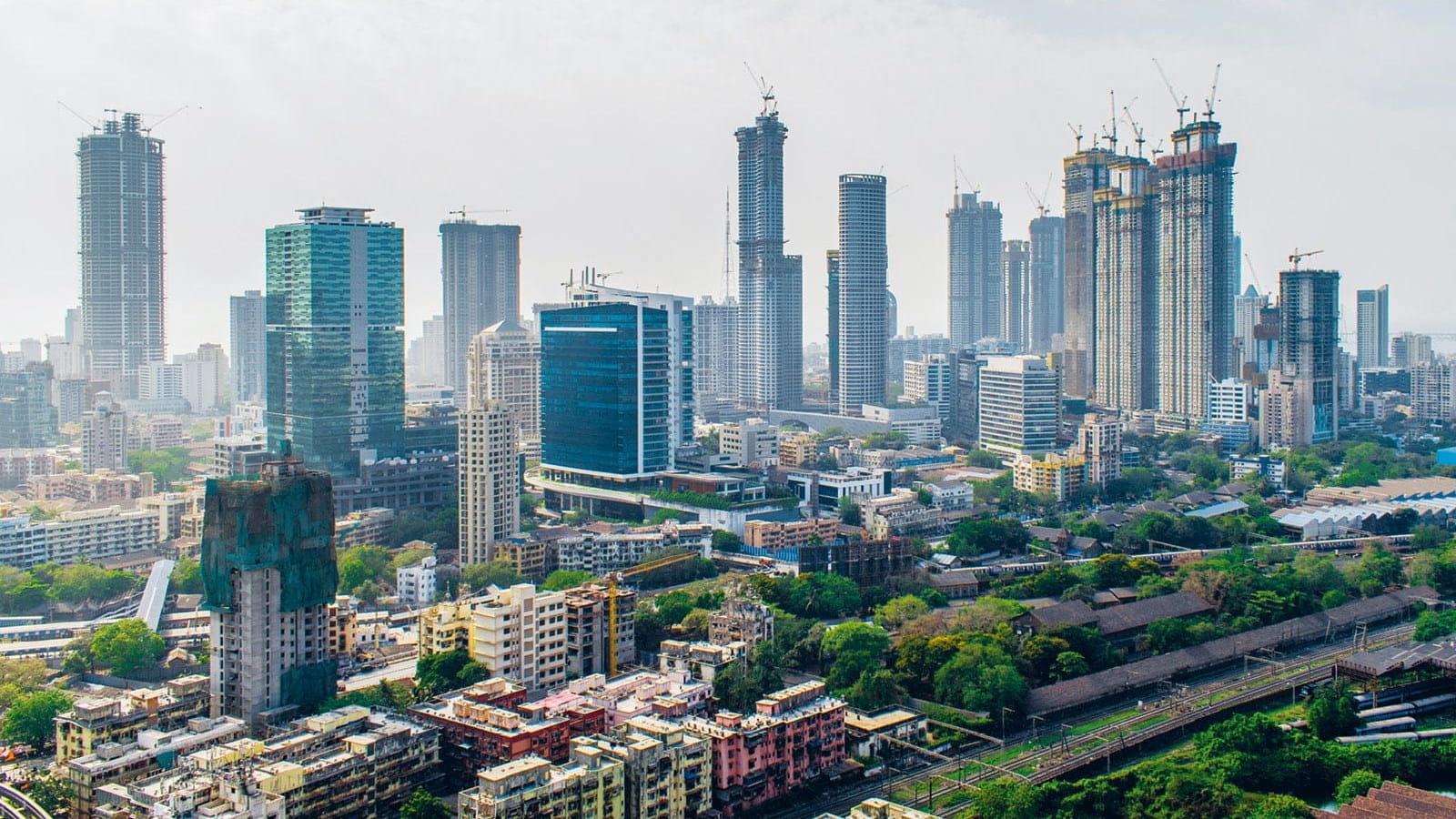With the IMF projecting average debt-to-GDP ratios exceeding 120% in 2021, we examine the measures taken by five countries to the economic impacts of the coronavirus pandemic. Here, we explore India’s response.
India locked down on 25 March, and Prime Minister Narendra Modi extended restrictions until 30 June.
It hit India’s 110 million SMEs hard, with a potential knock-on effect of putting over 140 million migrant workers out of work instantly. As much as a quarter of all loans lent to SMEs could slip into default.
McKinsey’s least optimistic model envisages an economic contraction of around 8% to 10% for the financial year 2021. This assumes a gradual return to business as usual but with two additional mini lockdowns later in the year as the virus flares again.
The bond markets have felt the impact: in May the yield on 10-year bonds climbed 22 basis points to 6.19%, the biggest increase since February 2017. Moody’s slashed its 2020 growth forecast for India to 0.2%, from 2.5%.
Debt threatens Modi’s economic programme, so he has taken a hawkish line on further borrowing. However, India’s young population makes easing lockdown less of a risk than in other more developed nations, and its low 10-year bond yield (6%) makes borrowing less of a problem, as does its relatively low debt-to-GDP ratio.
So far, the Modi administration has said it will borrow 12 trillion rupees ($159bn) for the financial year beginning 1 April, up from the budgeted 7.8 trillion rupees ($102bn).
Looking ahead
Moody’s Investors Service forecast that India’s debt-to-GDP ratio would reach 81% in the next four years (up from the current 71%).
The country’s workforce will suffer. Unemployment was already high at 8.7%, but according to the Centre for Monitoring the Indian Economy (CMIE), a private rating agency, 122 million Indians lost their jobs in April.
Case study: V S Parthasarathy from Mahindra Group
Since 25 March, V S Parthasarathy, President of Mobility Services Sector at Mahindra Group, has been in lockdown. Mahindra Group stopped all operations and its staff began working from home until further notice.
“While this is a huge change, we have attempted to ensure that employees feel safe and work continues as normal. We are also mindful of employees’ mental and physical wellbeing and have organised daily sessions to keep them engaged.
“I think we are all accepting this as the new normal with regards to working life and are realising the many benefits of working from home. We are in constant communication with our dealers, suppliers and all other stakeholders to ensure that they are not undergoing any undue hardships.”
Despite staff adapting to working from home thanks to the investments in technology that Mahindra Group has put in place over the past few years, Parthasarathy still has to contend with the twin challenges of managing cash flow and preparing for the economic fallout from COVID-19.
Parthasarathy, who is also a member of the group executive board of Mahindra & Mahindra, says: “A chief executive officer’s main and only contender is cash flow. Cash is not king, but emperor. We need to conserve cash with empathy while protecting the pipeline.
“With regards to the mobility sector, we have a mix of proven businesses that are more process-driven and start-ups which are more agile in nature. Currently, we have instituted a weekly review of only cash flow where we analyse what has and has not worked and leverage best practices and group synergy. This helps us quickly pass on best practices from one business to another, further enabling us to synergise.”
India’s central bank implemented a range of economic measures to support individuals and businesses during the lockdown, but Mahindra Group has also set up a relief fund of its own.
“The fund is only to be distributed to the last mile – those most affected by the current situation. Mahindra companies are also supporting relief measures by producing masks and ventilators, offering emergency transport options, among other things,” he says.
The transition to working from home happened “far more seamlessly” than Parthasarathy previously imagined. For the first time in his career he took part in a fully virtual board meeting. He would also argue that he is even more involved in work and interactions with his team. “I have regular calls with my teams, clients and suppliers. I might go so far as to say that I am even more in touch with my team than I was before.
“We are in constant touch with our clients to ensure they are not facing any major problems. We are dealing with partners and vendors with fairness and share the work and burden alongside them to ensure that neither collapses.”
